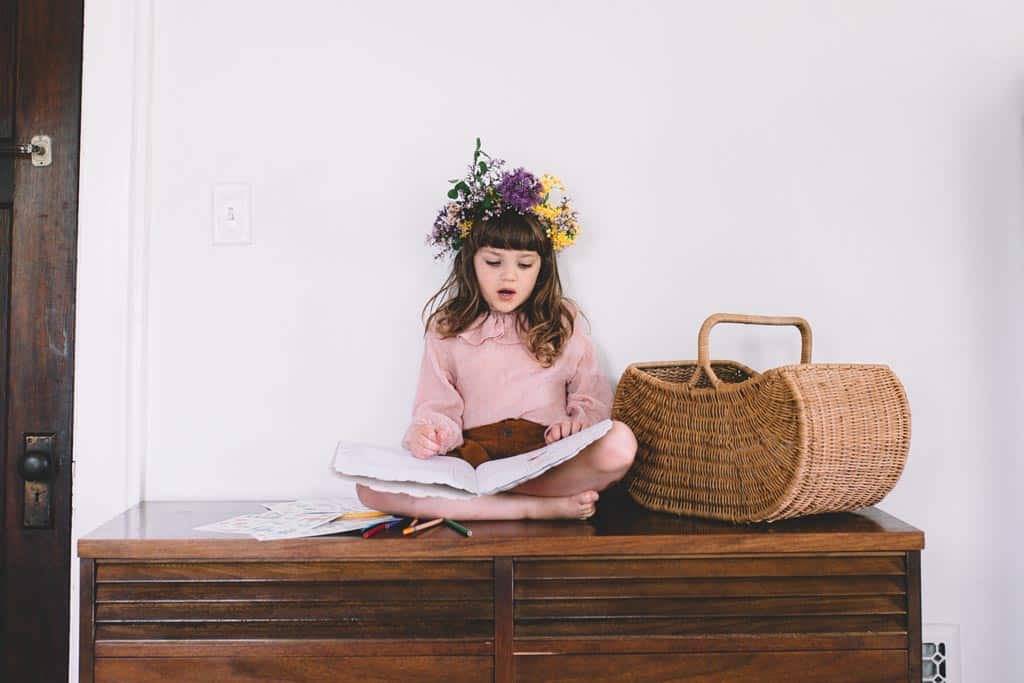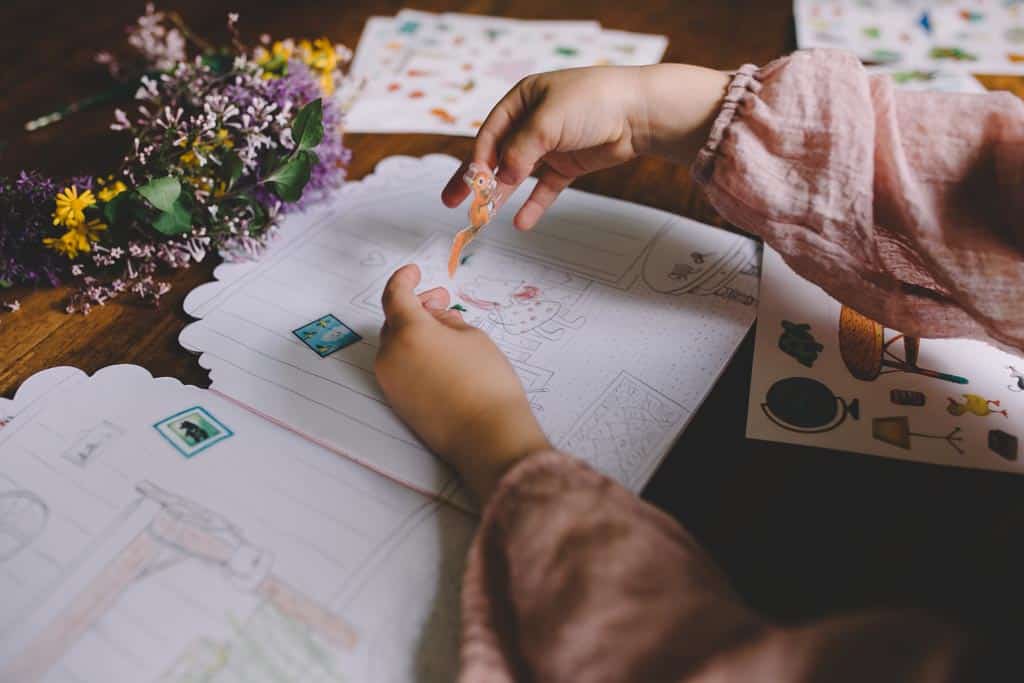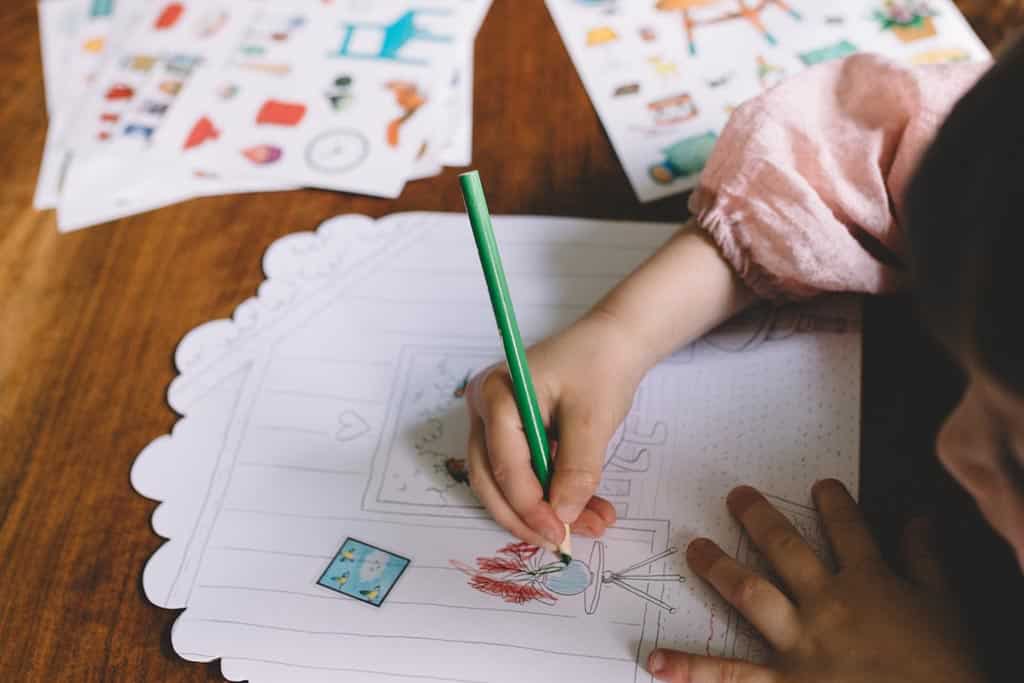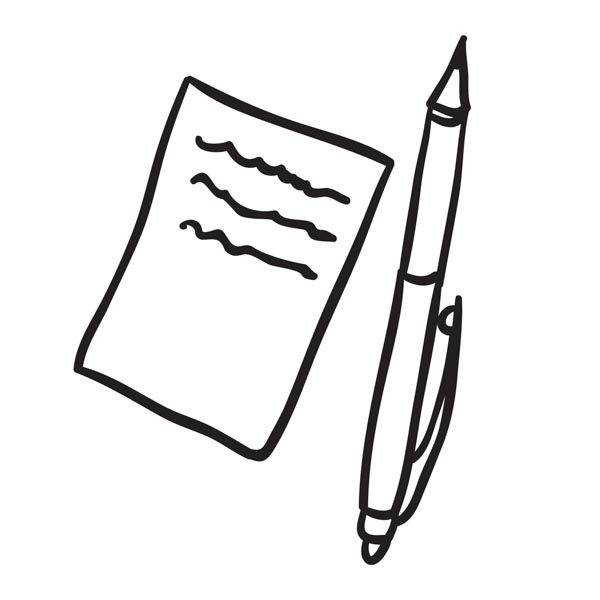Learning to read is a long journey. It begins before your child can even speak and continues for many years after they read their first word. Here’s a quick primer on the basics.
Contents:
First books
First books aren’t so much about learning to read or even understanding what’s printed on the pages. They’re about becoming familiar with the concept of reading and how we use books – concepts which as adults we take for granted. Reading from left to right and top to bottom; knowing that the words tell a story and that the pictures are related to the words. These ideas must first be accepted, before learning to read. Once they have grasped the concepts of print, it is only a small step to being able to read them.
Encouraging early confidence around books sets a child up with one of the most important skills they’ll ever need. It also encourages independent play, for the child who enjoys books will always have something to do by themselves.
There are many first books available. At this stage, the topic isn’t as important as spending time with your child looking at the books together, talking about what happens when you read. Starting at the front, point out the author and talk about the title and how it relates to the picture on the front. Go through each page doing the same, using your finger to show how the sounds you are making relate to what you are pointing at, demonstrating how the story or sequence always moves from left to right. Put the time in now and you’ll find they are reading them back to you sooner than you think!
The alphabet
Learning the alphabet actually has very little to do with learning to read, since letter names are labels – they don’t necessarily reflect how each letter sounds. Nevertheless, children need to learn the alphabet, and the classic ABC Song is the best way to do this. Simply sing it to your child to begin with. They can learn it as a song long before they are able to recognise the letters. Later on, you can sing the song while looking at the letters
Tip: If your child is at the point where they are learning phonics at school, use the letter sound to describe a letter, rather than its name, until reading is firmly established.
Letter sounds
Confusingly for children, and their teachers, there are 26 letters in the alphabet but 44 phonemes (sounds). When we teach children to read, we start with the sounds letters make rather than their names. The letter ‘a’ is taught like the a in cat. The letter i usually makes an /i/ sound as in igloo. But the i phoneme, the i sound, can also be made in the following ways:
england
women
busy
build
gym
sieve
To make matters worse, the letter i can make other sounds, too, like pint, and combined with other letters can make yet more: friend, rain. That’s why we teach children the most common sounds to begin with, so ‘a’ as in cat, ‘e’ as in egg, ‘i’ as in igloo, ‘o’ as in octopus and ‘u’ as in umbrella. If you’re considering buying an alphabet book and it has a picture of an owl for ‘o’, put it down. The author doesn’t know what they’re doing.
To help children who are getting to grips with letter sounds, you can try to teach letter sounds at a different time to the alphabet if you can (see learning the alphabet). Start by teaching the sounds themselves, without making a connection to the printed letter. For example, what sound does ‘dinosaur’ start with? Or Play I Spy but with letter sounds not names. Later, you can use flashcards to show the letter and ask your child to make the associated sound (although you’ll need to dress this one up somehow since it is essentially quite a dull thing to do.)
Try also to say the pure phoneme and not add ‘uh’ to the end. So it’s ‘d’ instead of ‘duh’. Easier said than done! Once children know the sounds letters make, they can break unfamiliar words down into their constituent sounds, spell them out and start to read!
Spelling and phonics
Once children are confident with letter sounds they can begin to understand spelling and how – rather unhelpfully for everyone concerned – the way a word sounds isn’t always how it is spelt.
Spelling can be divided into two types: phonetically plausible words, such as dog, cat or frost, and tricky (official term) words such as friend, caught, gnome. Plausible words can be sounded out; tricky ones can’t and have to be memorised.
Sounding out a new word is straightforward. Say the sounds individually out loud and then again with the sounds closer together. You’ll find your child will usually guess the word long before they reach the last letter.
Schools work from a list of 100 high frequency words such as: he, and, a, to, said, in, he, I, of, it, was, you. Most of these are tricky and have to be learnt by sight. These words become the first members of a child’s sight vocabulary , words which are recognised immediately and don’t have to be sounded out. They are taught in parallel with phonics in Reception classes (there are further lists for older children).
In writing, spelling is the opposite of reading. When trying to spell a word, encourage your child to break it down into its constituent sounds. This is known as segmentation. So, to spell dog, ask which sound comes first? (d), and what’s next? (o) and so on. Write each sound down as you go.
Read our Introduction to Phonics to learn more.
Reading
It has been said that until the age of seven, children learn to read and after that they read to learn. But the truth is a little more nuanced. Learning to read is not just about the mechanical decoding of words with phonics and recognising a few tricky words. Reading is about comprehension and understanding the context. The meaning of unfamiliar words can usually be guessed quite reliably when the context is understood.
Once you have mastered the alphabet, spelling and phonics, and are in the habit of reading to your child frequently, then you can help them take their own reading to the next level of comprehension by following these guidelines:
- Always take a moment to observe the cover of the book. What is it about? Who is the author? Is it a story book or information? Do you think that you will like this book?
- After a couple of pages, ask your child to predict what is going to happen next.
- Draw characters in the book and discuss their physical characteristics personalities.
- If the book contains some unfamiliar words, try flagging them up before you read so the flow isn’t disrupted too much.
- Take a few key events from the book and try to arrange the events in order (use drawings if you prefer)
- Independent reading should be at what is called ‘instructional level’, where nine out of 10 words are familiar. This way your child can read quickly, understand the text without support and work out what unfamiliar words mean from the context. Too many difficult words reduces comprehension and dampens the spirit.
Final word
Learning to read doesn’t end here, of course. It’s a lifelong project, and the rewards increase with the effort invested.
It’s the gateway to all learning. Once your child can read, in some sense they are no longer your own. They can choose which ideas to fill their head with, which adventures to go on. They become their own person. Can you think of many gifts greater than that?
Read more about starting school.
Are you ready for school?
Do you have a preschooler? Would you like them to develop some key skills before starting school? How wonderful to go into school on that first day feeling like you belong.
Get Set Five is a year-long course full of fun and free activities to do with your child.





